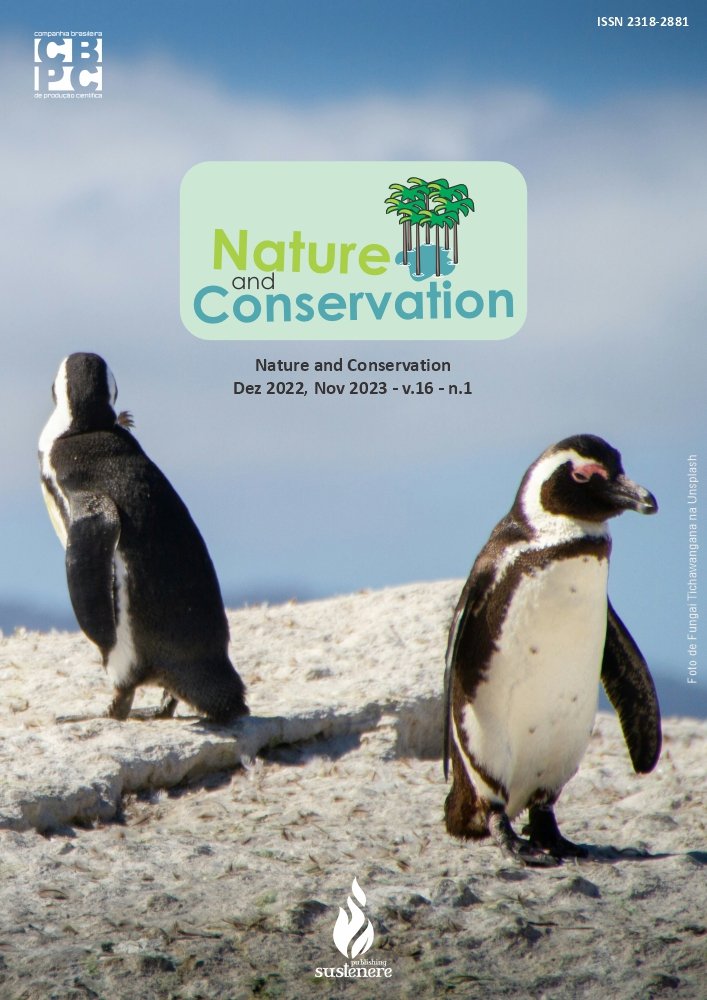Assessment of toxicity of landfilling effluent using lettuce seed Lactuca sativa
DOI:
https://doi.org/10.6008/CBPC2179-6858.2022.003.0013Keywords:
Germination, Source, Coagulation/Flocculation, LeachedAbstract
Given the concern with the negative impacts that leachates from landfills can cause on the environment, this study aimed to characterize samples of raw and treated landfill effluent through physicochemical analyzes and to evaluate the toxicity using lettuce seed (Lactuca sativa) as a test organism, verifying the effects on germination. For this purpose, leachate/treated effluent mixtures were prepared at 3.125; 6.25; 12.5; 25; 50 and 100%. The seeds were exposed both to crude mixtures and to those submitted to biological treatment, for 7 days, in order to carry out germination tests and determine the morphological characteristics of the seedlings. With the effluent from the maturation pond, coagulation/flocculation tests were carried out using three types of coagulants, polyaluminum chloride (PAC), Tanfloc SG and aMoringa + KCl, in the dosages of 1250 mg L-1, 1000 mg L-1 and 5000 mg L-1, respectively. Toxicity tests showed different effects on germination and seedling growth for the different treatment ponds, the sample dilution was directly proportional to seedling growth. The coagulation/flocculation process proved to be efficient in reducing toxicity due to the fact that Lactuca sativa has high germination and root growth rates at a concentration of 100% (treated raw effluent), showing its potential as a pre-treatment to the process. biological. It was found that the lettuce seed is an excellent bioindicator, showing that even using the pond system, the effluent still remains toxic, requiring treatment by coagulation/flocculation. The execution of this work can help to identify improvement opportunities and alternatives for the operation of the sanitary landfill effluent treatment plant in other municipalities.
Downloads
Downloads
Published
Issue
Section
License
Copyright (c) 2022 Ibero-American Journal of Environmental Sciences

This work is licensed under a Creative Commons Attribution-NonCommercial-NoDerivatives 4.0 International License.
The CBPC - Companhia Brasileira de Produção Científica (Brazil CNPJ: 11.221.422/0001-03) the material rights of the published works. The rights relate to the publication of the work anywhere in the world, including rights to renewals, expansions and dissemination of the contribution, as well as other subsidiary rights. All electronically published works may subsequently be published in printed collections under the coordination of this company and / or its partners. The authors preserve the copyright, but are not allowed to publish the contribution in another medium, printed or digital, in Portuguese or in translation.









